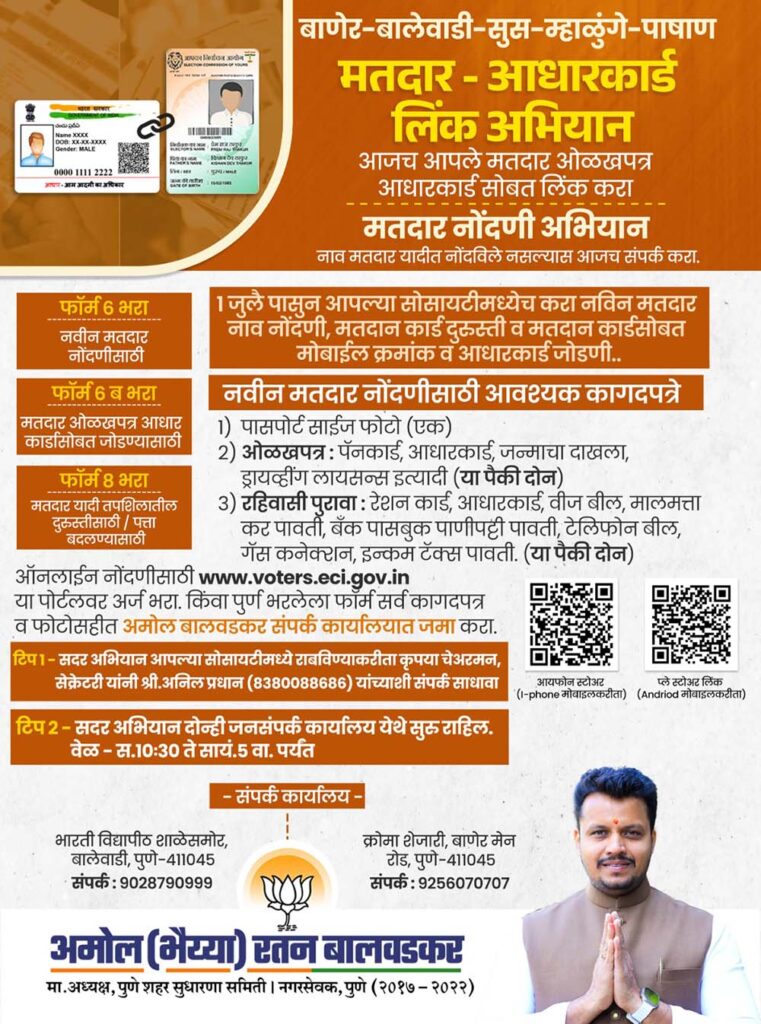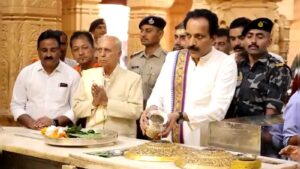ISRO gears up for challenging Chandrayaan-3 Translunar Injection on August 1

Chennai, July 31 : Hours after the successful commercial launch of PSLV-C56 that injected seven Singapore satellites in the orbit that was followed by the technology demonstrator of controlled lowering the orbit of the fourth stage engine of PSLV to have a lower life span spent in space on Sunday, the ISRO scientists are working on a more challenging task–slinging the Chandrayaan-3 spacecraft into the TransLunar Injection (TLI) orbit on the midnight of August 1.
After the successful PSLV mission, the scientists are back in action to further raise the orbit of India’s third Lunar Mission, to explore the so far unexplored Lunar south pole that would propel India to join a select group of space faring nations to achieve this historic goal.
The Chandrayaan-3 spacecraft, which was launched from the Second Launch Pad from Sriharikota on July 14, has undergone five orbit raising manouvers
thus far to take it further closer to the moon.
And the August 1 operation is more crucial to ensure that the spacecraft enters the Lunar Orbit. ISRO had successfully performed the fifth Orbit raising maneuver on July 25 and the spacecraft attained an orbit of 127609 km x 236 km and the next firing, the TLI is planned for August 1 between 12 midnight and 1 a.m.
“The next firing, the TransLunar Injection (TLI), is planned for August 1, 2023, between 12 midnight and 1 am IST”, ISRO said.
It will be a more challenging task and the scientists at the ISRO Telemetry Tracking and Command Network (ISTRAC) in Bengaluru are burning the midnight oil to make the TLI maneuver success.
From there, it would take another 22 days for the spacecraft to make a soft landing on the Lunar surface, that would catapult India to join USA, the then Soviet Union and China to have achieved this milestone.
The technically challenging soft landing of Chandrayaan-3 spacecraft in the lunar surface is planned at 5.47 p.m.on August 23, ISRO Chairman S.Somanath said after the Launch on July 14.
He said the spacecraft will attempt the technically challenging soft landing on the lunar surface on August 23. The injection of Chandrayaan-3 in the orbit marked its journey towards the Moon that would spread over 42 days traversing more than 3.80 lakh kms. Somanath said the Chandrayaan-3’s infusion into the lunar orbit
has been planned from August 1.
The soft landing has been planned at 5.47 pm on August 23, he added.
Meanwhile, former ISRO Chairman Dr K.Sivan, who was at the helm during the previous lunar mission Chanrayaan-2 in July 2019, had said soft landing was
a challenging task and hoped that this time we will land the spacecraft successfully.
He said ISRO has taken corrective measures this time after the crash landing of Lander from the spot very close to landing. With the successful launch, the first phase of the Mission is successful and we hope that this time we will successfully land the spacecraft on the lunar surface.
After the July 14 launch, the orbit of the Chandrayaan-3 spacecraft was raised in a phased manner by firing the onboard motors. The first orbit raising was
carried out on July 15, the second orbit-raising maneuver (Earth-bound apogee firing) was performed successfully on July 17.
The third maneuver (Earth-bound perigee firing) was done the next day and the fourth on July 20 and the fifth on July 25.
The Chandrayaan-3 spacecraft was successfully launched by ISRO’s heaviest launch vehicle LVM3-M4 from the spaceport of Sriharikota on July 14.
After a flight duration of about 16 minutes, it was precisely placed in an elliptic parking orbit of 36,500 km x 170 km. ISRO is planning the technically challenging soft landing of the Chandrayaan-3 spacecraft on the lunar surface at 5.47 p.m. on August 23, ISRO Chairman S.Somanath had said after the launch at Sriharikota.
The Chandrayaan-3 consists of an indigenous lander module (LM), propulsion module (PM), and a rover with the objective of developing and demonstrating new technologies required for future inter-planetary missions.
The success of Chandrayaan-3 will make it the surface mission closest to the lunar south pole to date, a region of the moon that has been found to be geologically unique and host to spots in permanent shadow.
A perfect soft landing on the Moon’s surface will make India the fourth country to accomplish this feat, thereby joining a select group of spacefaring nations.
Only the USA, the then Soviet Union and China have achieved this feat. India too nearly achieved in its maiden attempt when it launched Chandrayaan-2 in July 2019, before the lander crash landed very close to the landing spot, making the mission about 99.99 percent success.
Through the Chandrayaan-3 mission, ISRO is crossing new frontiers by demonstrating soft landing on the lunar surface by its lunar module and demonstrating roving on the lunar terrain.
It is expected to be supportive to ISRO’s future interplanetary missions. ISRO said Chandrayaan-3 is a follow-on mission to Chandrayaan-2 to demonstrate end-to-end capability in safe landing and roving on the lunar surface.









